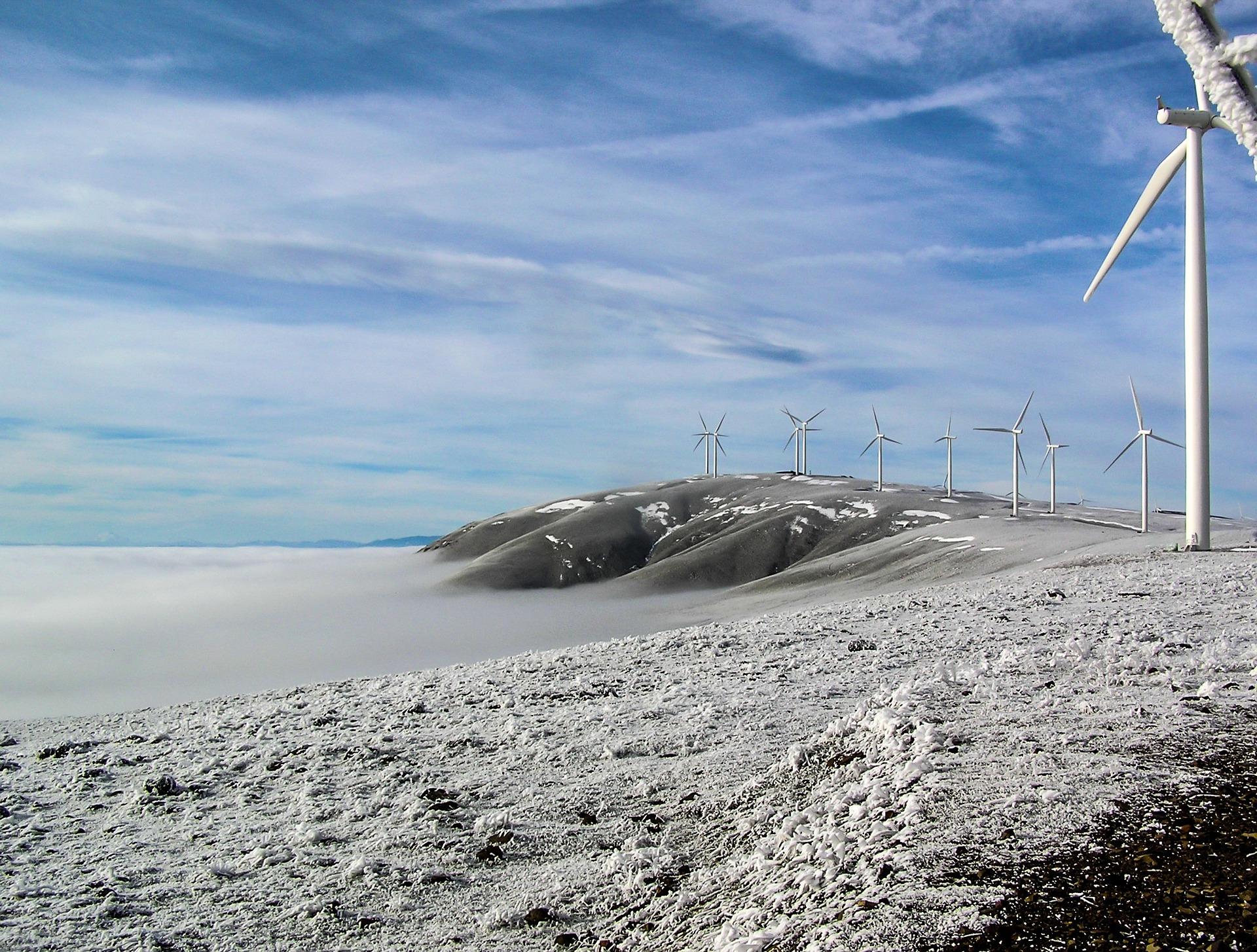
Nuclear, off-shore wind, oil and gas production, public acceptability and institutional arrangements.
Theme 3: Future Energy Infrastructure Research Projects
|
Project Title |
Resilient future Energy Infrastructure |
|
Primary Theme |
Future Energy Infrastructure |
|
Secondary Themes |
Construction design and technology, construction materials and waste minimisation, resilience against natural hazards |
|
Project Summary |
By 2020, the UK plans to produce 15% of its primary energy mix from renewables, with both oil & gas and nuclear power continuing to play a major part in its future energy security. Nuclear and wind power have been proposed as clean energy sources for the UK and in countries like China, hydropower will also be a major player. There are significant challenges associated with the materials, design and construction of the infrastructure of those energy systems associated with the extreme and/or aggressive environment in which they will operate including: (i) deeper offshore marine environments for wind power generation, (ii) deeper and more complex underground wellbore systems for new oil & gas as well as geothermal explorations, (iii) more robust containment and shielding structures and radioactive waste encapsulation for nuclear power plants and (iv) larger dam structures for hydropower generation. The project will select a subset of those challenges and explore in depth the main problems and challenges with current materials, design and/or construction and explore potential solutions. This will involve the modelling of relevant extreme environments and testing and modelling performance.
|
|
Project Title |
Offshore Wind Tower Foundations |
|
Primary Theme |
Future Energy Infrastructure |
|
Secondary Themes |
|
|
Project Summary |
Offshore wind towers are different from traditional oil and gas installations because of the high ratio of horizontal and moment loads to vertical loads. These light structures are required to capture the maximum wind loads, resulting in high horizontal and moment loads at foundation level, while minimizing the cost of the structure, and therefore total mass. In addition, the wind and wave loads, as well as the vibrations caused by the rotating blades, are cyclic often non aligned. Soil response under multi-directional cyclic loading is not well understood and may result in excessive deformations and tilting of the foundations, especially given the strict tolerances imposed by the mechanical components. This project will investigate the multi-directional cyclic response of soils (sands or chalk for UK applications) using a new simple shear device. The experimental results will be used to validate a constitutive model to simulate foundation response through cyclic loading to assess field performance. |
|
Project Title |
Geothermal Energy from Large Geotechnical Infrastructure |
|
Primary Theme |
Future Energy Infrastructure |
|
Secondary Themes |
|
|
Project Summary |
Geotechnical structures can be used as a way to extract or store energy in the ground. Energy piles have been installed in a large number of building throughout the world and are able to provide heating and cooling functions. Large geotechnical infrastructure, such as tunnels and subway station walls, could perform a similar function on a larger scale. A very limited number of installations have been built around the world and this option is increasingly considered. This solution could be a valuable contribution to reducing dependence on non-renewable energy sources and increasing reliance on local energy sources. Widespread adoption of geotechnical energy structures requires better understanding of the soil-structure thermo-mechanical interactions. This project will develop better tools for simulation and address design issues to make these applications more economically viable. |

